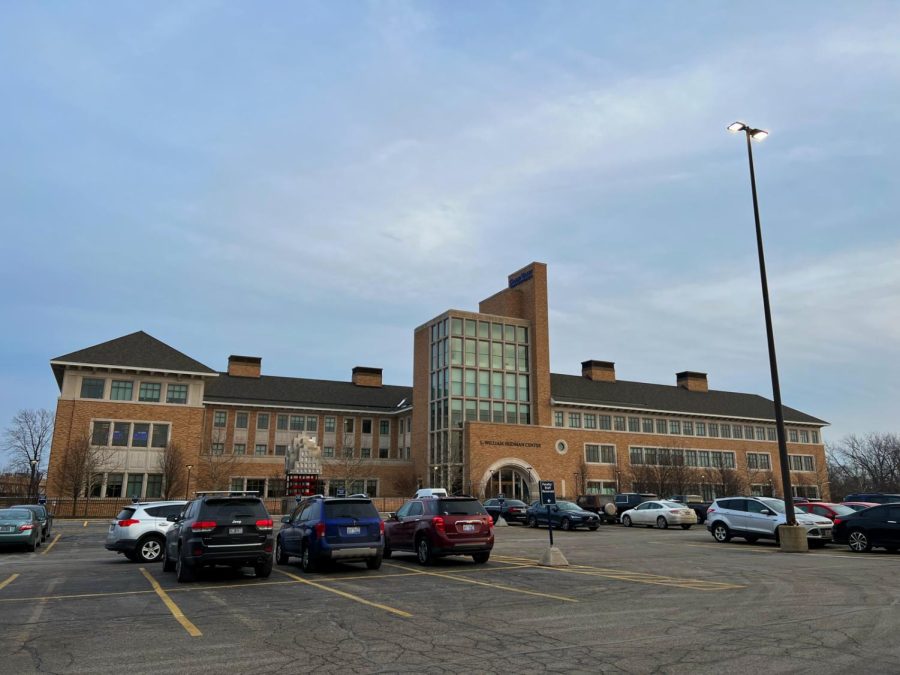GV Healthcare Economic Forecast relays healthcare data for West Michigan
Feb 13, 2023
On Feb. 3, Grand Valley State University hosted its annual West Michigan Health Care Economic Forecast. During the event, GVSU professors presented data and findings about health and economic trends in the region.
The forecast utilizes data collected from over a dozen accredited organizations both at the state and federal levels. The findings can be divided into those specific to the state and those that can be seen across the nation. Analyzing this data helps to better understand national issues at a local level.
Erkmen Aslim, an assistant professor of economics at GVSU’s Seidman College of Business, said GVSU receives the data from multiple sources and understands how the data relates to trends in health and healthcare in West Michigan.
“Specifically, to conduct our research, we obtain data from our insurance provider partners (Blue Care Network, Blue Cross Blue Shield of Michigan, and Priority Health), the American Hospital Association, the Centers for Disease Control and Prevention and the Michigan Department of Health and Human Services, among many others,” Aslim said.
Receiving data from this vast array of sources is beneficial to GVSU’s analysis. Comparisons can be drawn between how Michigan fares when compared to the rest of the country, in terms of health-related issues.
The entire West Michigan Health Care Economic Forecast is 90 pages and covers issues such as vaccination rates and the impact of COVID-19 on West Michigan communities.
Aslim said some of the national findings indicated COVID-19 vaccine rollouts were effective in increasing vaccine take-up. Additionally, the rollout also reduced delayed care and concerns over contracting or spreading the virus.
However, there were large disparities in minority and economically disadvantaged groups. Those groups were less inclined to receive delayed care than the majority.
Some of the disparities in the national data can be chalked up to a supply and demand issue. The demand for care was higher due to concerns about the pandemic and the supply of healthcare professionals was not adequate everywhere in the country. This of course leads to providers being forced to postpone appointments, all while juggling capacity issues in their facilities.
Michigan specifically saw fewer people visiting their healthcare providers during the pandemic.
“Although there is an overall increase in access to health insurance during COVID-19, we find a decline in routine checkups and preventive health screenings,” Aslim said
Also in Michigan, the data showed a surge in mental health problems in the western part of the state during the COVID-19 pandemic. To combat this, Aslim recommended a “group effort approach,” where the groups conducting the research and the practitioners must work together to combine their knowledge and address health issues.
Fixing any problem, be it political, health-related or social, can be hard to initiate at the state or national level. Multiple groups have a say on each individual issue and finding a consensus may prove to be difficult.
Aslim said when making policies related to healthcare, individuals must understand the wide impact that changes can have.
“It’s important to have a deeper understanding of both intended and unintended consequences of a change in status quo,” Aslim said.






















